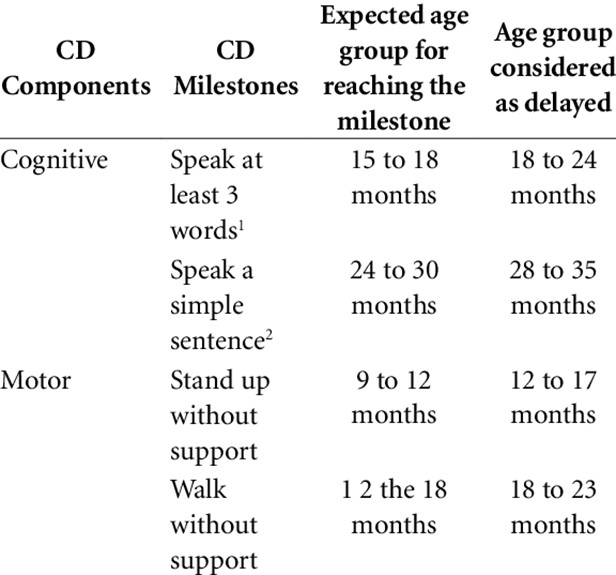A nurse is reinforcing teaching about nutrition to the parents of a 2-year-old toddler.
Which of the following statements by the parents indicates an understanding of the teaching?
"I should offer my child three meals and two snacks per day."
"I should limit my child’s milk intake to 16 oz per day."
"I should avoid giving my child foods that are potential choking hazards."
All of the above.
The Correct Answer is D
All of the above.
This statement indicates that the parents understand the nutrition needs of a 2-year-old toddler.
Choice A is correct because a 2-year-old should eat three healthy meals a day, plus one or two snacks.
Choice B is correct because a 2-year-old should limit milk intake to 16 oz per day to avoid displacing other foods and nutrients. A 2-year-old can drink lower-fat dairy products, such as 2% or 1% milk, unless advised otherwise by a doctor.
Choice C is correct because a 2-year-old should avoid foods that are potential choking hazards, such as nuts, seeds, popcorn, hard candy, grapes, hot dogs, and raw carrots. A 2-year-old can eat the same food as the rest of the family, but may prefer finger foods instead of soft ones.
Nursing Test Bank
Naxlex Comprehensive Predictor Exams
Related Questions
Correct Answer is ["A","B","C","E"]
Explanation
These are the developmental milestones that a 9-month-old infant should be able to perform according to the Denver II Developmental Screening Test.
Some explanations for each choice are:
• Choice A is correct because a 9-month-old infant should be able to pull up to a standing position by holding on to furniture or other objects.
• Choice B is correct because a 9-month-old infant should be able to say “mama” and “dada” nonspecifically, meaning they do not associate the words with specific people yet.
• Choice C is correct because a 9-month-old infant should be able to use a pincer grasp to pick up small objects, such as cereal or raisins, with the thumb and index finger.
• Choice D is wrong because a 9-month-old infant should not be able to point to objects or pictures when named.This skill usually develops around 12 months of age.
• Choice E is correct because a 9-month-old infant should be able to crawl on hands and knees, although some infants may use other methods of locomotion, such as scooting or rolling.
Correct Answer is A
Explanation
Classify objects by size, shape, and color.A 4-year-old child should be able to recognize and name a few colors, starting with primary colors of red, yellow and blue.He should also be able to sort objects according to various characteristics, such as color, shape and size.
Choice B is wrong because the concept of conservation of matter is not understood by 4-year-olds.
This is the ability to recognize that the quantity of a substance remains the same even if its shape or appearance changes.
For example, a 4-year-old might think that a ball of clay has more clay than a flattened piece of clay.This concept is usually developed around 7 to 8 years of age.
Choice C is wrong because abstract reasoning is not a cognitive skill that 4-year-olds can perform.
Abstract reasoning is the ability to think beyond the concrete and literal, and use symbols, logic, and imagination to solve problems.
For example, a 4-year-old might not understand what a metaphor or a joke means.
This skill is usually developed around 11 to 12 years of age.

Whether you are a student looking to ace your exams or a practicing nurse seeking to enhance your expertise , our nursing education contents will empower you with the confidence and competence to make a difference in the lives of patients and become a respected leader in the healthcare field.
Visit Naxlex, invest in your future and unlock endless possibilities with our unparalleled nursing education contents today
Report Wrong Answer on the Current Question
Do you disagree with the answer? If yes, what is your expected answer? Explain.
Kindly be descriptive with the issue you are facing.
